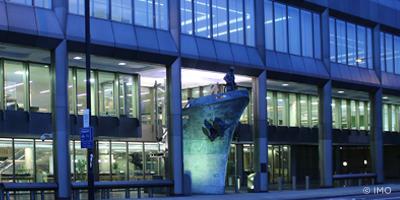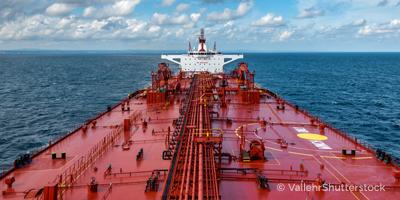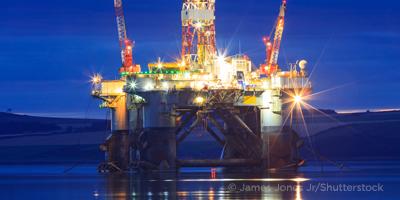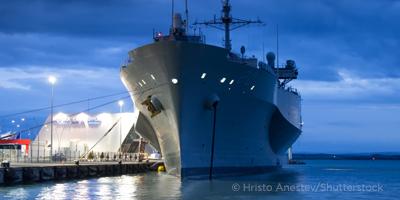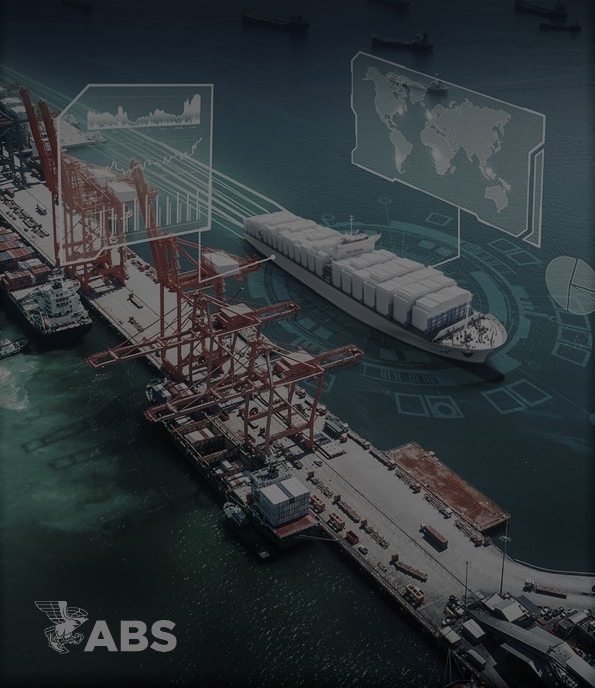As of January 1, 2023, all ocean-going vessels must report each vessel visit within 30 days of departure and meet opacity requirements.
Emissions controls compliance start dates are based on vessel type.
Once a vessel type has reached it compliance start date then the vessel must:
• Coordinate with regulated terminals at least 7 days prior to arrival and complete all items in the compliance checklist as set forth in section 93130.7(e).
• Reduce emissions while at a regulated terminal in accordance with the regulation’s performance standards by:
o Connecting to shore power
o Employing a CARB approved Emission Control Strategy (CAECS) or an approved innovative concept
These are to be employed within two hours of the vessel arriving at the berth and continue until no sooner than one hour before the pilot boards the vessel for departure from the berth.
Emissions controls will not apply for vessels visiting an unregulated terminal. A terminal that received less than 20 visits in both 2021 and 2022 from a vessel type is initially considered a low activity terminal and is unregulated for that vessel type. A low activity terminal that receives 20 or more visits per year for two consecutive years from a vessel type that is becoming a regulated terminal for that vessel type and shall reduce emissions starting January 1 of the following year.




